
81 Crazy Facts about Christmas

Since Christmas is just around the corner we have collected 81 crazy facts, in regards to Christmas, from all around the web; ranging from historical facts, cultural facts to weird stuff…
Enjoy…
Fact 1: In A.D. 350, Pope Julius I, bishop of Rome, proclaimed December 25 the official celebration date for the birthday of Christ.
Fact 2: The traditional three colors of Christmas are green, red, and gold. Green has long been a symbol of life and rebirth; red symbolizes the blood of Christ, and gold represents light as well as wealth and royalty.
Fact 3: Contrary to popular belief, suicide rates during the Christmas holiday are low. The highest rates are during the spring.
Fact 4: Christmas trees have been sold in the U.S. since 1850.
Fact 5: Christmas trees usually grow for about 15 years before they are sold.
Fact 6: Many European countries believed that spirits, both good and evil, were active during the Twelve Days of Christmas. These spirits eventually evolved into Santa’s elves, especially under the influence of Clement C. Moore’s The Night Before Christmas (1779-1863) illustrated by Thomas Nast (1840-1902).
Fact 7: Bolivians celebrate Misa del Gallo or “Mass of the Rooster” on Christmas Eve. Some people bring roosters to the midnight mass, a gesture that symbolizes the belief that a rooster was the first animal to announce the birth of Jesus.
Fact 8: In Poland, spiders or spider webs are common Christmas trees decorations because according to legend, a spider wove a blanket for Baby Jesus. In fact, Polish people consider spiders to be symbols of goodness and prosperity at Christmas.
Fact 9: Alabama was the first state in the United States to officially recognize Christmas in 1836.
Fact 10: Christmas wasn’t declared an official holiday in the United States until June 26, 1870

Fact 11: Evergreens (from the Old English word aefie meaning “always” and gowan meaning “to grow”) have been symbols of eternal life and rebirth since ancient times. The pagan use and worship of evergreen boughs and trees has evolved into the Christianized Christmas tree.
Fact 12: Ancient peoples, such as the Druids, considered mistletoe sacred because it remains green and bears fruit during the winter when all other plants appear to die. Druids would cut the plant with golden sickles and never let it touch the ground. They thought it had the power to cure infertility and nervous diseases and to ward off evil.
Fact 13: Because of their pagan associations, both the holly (associated with the masculine principle) and the ivy (the feminine) and other green boughs in home decoration were banned by the sixth-century Christian Council of Braga.
Fact 14: Santa Claus is based on a real person, St. Nikolas of Myra (also known as Nikolaos the Wonderworker, Bishop Saint Nicholas of Smyrna, and Nikolaos of Bari), who lived during the fourth century. Born in Patara (ancient Greek area, modern-day Turkey), he is the world’s most popular non-Biblical saint, and artists have portrayed him more often than any other saint except Mary. He is the patron saint of banking, pawnbroking, pirating, butchery, sailing, thievery, orphans, royalty, and New York City.
Fact 15: Early illustrations of St. Nicholas depict him as stern, commanding, and holding a birch rod. He was more a symbol of discipline and punishment than the jolly, overweight elf children know today.

Fact 16: Christmas stockings allegedly evolved from three sisters who were too poor to afford a marriage dowry and were, therefore, doomed to a life of prostitution. They were saved, however, when the wealthy Bishop Saint Nicholas of Smyrna (the precursor to Santa Claus) crept down their chimney and generously filled their stockings with gold coins.
Fact 17: The Viking god Odin is one precursor to the modern Santa Claus. According to myth, Odin rode his flying horse, Sleipnir (a precursor to Santa’s reindeer), who had eight legs. In the winter, Odin gave out both gifts and punishments, and children would fill their boots or stockings with treats for Sleipnir.
Fact 18: There are two competing claims as to which president was the first to place a Christmas tree in the White House. Some scholars say President Franklin Pierce did in 1856; others say President Benjamin Harrison brought in the first tree in 1889. President Coolidge started the White House lighting ceremony in 1923.
Fact 19: President Teddy Roosevelt, an environmentalist, banned Christmas trees from the White House in 1901
Fact 20: The first person to decorate a Christmas tree was reportedly the Protestant reformer Martin Luther (1483-1546). According to legend, he was so moved by the beauty of the stars shining between the branches of a fir tree, he brought home an evergreen tree and decorated it with candles to share the image with his children.
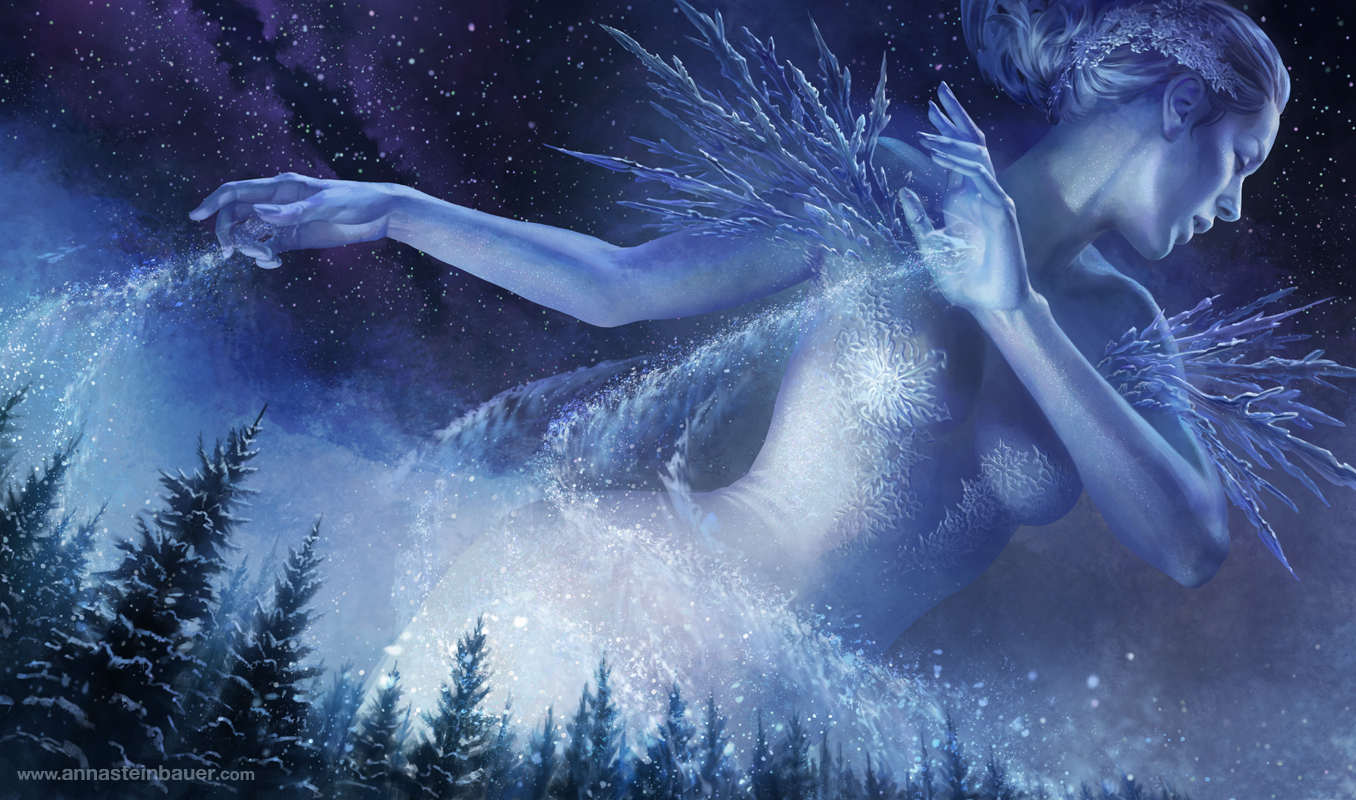
Fact 21: In Germany, Heiligabend, or Christmas Eve, is said to be a magical time when the pure in heart can hear animals talking.
Fact 22: The earliest known Christmas tree decorations were apples. At Christmastime, medieval actors would use apples to decorate paradise trees (usually fir trees) during “Paradise Plays,” which were plays depicting Adam and Eve’s creation and fall.
Fact 23: All letters addressed to Santa in the United States go to Santa Claus, Indiana
Fact 24: Engineers that designed the Voyager Space Mission planned things out so it would avoid planetary encounters during Thanksgiving and Christmas
Fact 25: There is a village in Peru where people settle the previous year's grudges by fist fighting. They then start the new year off on a clean slate
Fact 26: Telling scary ghost stories is an old Christmas Eve tradition that has died out in the past century
Fact 27: Some zoos accept donated Christmas trees as food for their animals
Fact 28: During Christmas in Newfoundland people called Mummers dress up in crude disguises and go from house to house dancing and playing music while the hosts try to identify them
Fact 29: Paul McCartney earns nearly half a million dollars every year from his Christmas song, which many critics regards as his worst song ever.
Fact 30: A large part of Sweden's population watches Donald Duck cartoons every Christmas Eve since 1960

Fact 31: During the Christmas of 2010, the Colombian government covered jungle trees with lights. When FARC guerrillas (terrorists) walked by, the trees lit up and banners asking them to lay down their arms became visible. 331 guerrillas re-entered society and the campaign won an award for strategic marketing excellence.
Fact 32: During the Christmas of 1914 (World War 1), a truce was held between Germany and the UK. They decorated their shelters, exchanged gifts across no man’s land and played a game of football between themselves.
Fact 33: In 1918 and for the past 40 years, the Canadian province of Nova Scotia has sent the city of Boston a giant Christmas tree as a thank you for their support after the 1917 Halifax explosion
Fact 34: In 1867, a Boston industrialist heard Charles Dickens read A Christmas Carol and was so moved he closed his factory on Christmas Day and gave every one of his employees a turkey
Fact 35: Between the 16th and 19th centuries was what is known as a "little ice age" where global temperatures were several degrees lower than normal. It is for this reason that many Christmas carols and songs stress a "White Christmas".

Fact 36: Bohemian Rhapsody by Queen is the only record to get the UK Christmas Singles Chart Number One twice, once in 1975 and again in 1991.
Fact 37: The Nazi party tried to turn Christmas into a nonreligious holiday celebrating the coming of Hitler, with Saint Nicholas replaced by Odin the “Solstice Man” and swastikas on top of Christmas trees.
Fact 38: We frequently abbreviate Christmas as X-mas because of ancient tradition. X is the Greek letter “chi” which is an abbreviation for the word “Christ” in Greek
Fact 39: Japanese people traditionally eat at KFC for Christmas dinner, thanks to a successful marketing campaign 40 years ago. KFC is so popular that customers must place their Christmas orders 2 months in advance
Fact 40: The people of Oslo, Norway donate the Trafalgar Square Christmas tree every year in gratitude to the people of London for their assistance during WWII.
Fact 41: Christmas purchases account for 1/6 of all retail sales in the U.S annually
Fact 42 - Santa Claus’ look wasn’t created by Coca-Cola: The internet age has given rise to a lot of silly, unfounded rumors about everything from Walt Disney having his head frozen to Tommy Hilfiger proclaiming on television that he didn’t want minorities wearing his clothes. Even Santa has fallen victim to this scam, despite the fact that he's technically a non-profit. Some have claimed that Coca-Cola's iconic portrait of Santa has shaped the way we describe him to children. In reality, he's actually more of an “evolutionary figure” whose look has been shaped by writers, artists and even historians. Images of the familiar bearded fat man in a red suit appeared in magazines, posters and ads long before Coke's jolly portrayal of Saint Nick.

Fact 43 - The New York Knickerbockers (the writers, not the basketball team) helped create the modern American Santa: The biggest influence on Santa's modern look and demeanor came more from a popular group of writers who drew inspiration from an Episcopalian saint. The Knickerbockers of New York wanted to reintroduce Saint Nicholas to society to provide a “cultural counterweight for the commercial bustle and democratic misrule of early nineteenth century New York.” Contributors to the Saint Nicholas project included 'The Legend of Sleepy Hollow' author Washington Irving, who wrote a Christmas story about giving and generosity for his fictional 'Bracebridge Hall' series in which he described Santa as a large man in a red suit smoking his favorite pipe. Clement Clarke Moore, a contemporary of Irving's, was inspired by this depiction of Santa for his 'A Visit from St. Nicholas' poem, in which he also described the traditional Santa we know today.
Fact 44 - Santa didn’t always have a beard: Of course, Moore and company weren't responsible for inventing Santa, just enhancing his image. According to the book 'One Night Stands with American History,' 17th century Dutch settlers brought the jolly fat man to America's shores and their image of Santa was “tall, slender and very dignified” without his trademark beard. (He was based on the traditional Dutch winter figure Sinterklaas.) Artist and political cartoonist Thomas Nast added the beard and the rotund figure in the pages of 'Harper's Weekly' during the latter part of the 19th century.

Fact 45 - NORAD’s “Santa Tracker” started from an error in a newspaper ad: The legend of Santa's infamous sleigh ride was also perpetuated from a newspaper, but it wasn't done intentionally. Back in 1955, a Sears ad printed the phone number of a Colorado Springs store so children could tell Santa Claus what they wanted for Christmas. The number was a misprint and instead sent children to the hotline for Colonel Harry Shoup, Director of Operations for the US Continental Air Defense. The calls poured in and instead of blocking the number, the kindly Colonel ordered his staff to give children updates on Santa's flight coordinates. The tradition has continued to this very day on the local news, the internet and with a special “NORAD Tracks Santa” iPhone app.
Fact 46 - Santa is the world’s richest man: He may not be in the gift giving business for the big bucks, but Santa still needs money to keep his operation rolling. (And to pay for the elves' dental plan. Those elf unions are ruthless.) Thankfully, Santa's wealth surpasses even Scrooge McDuck's money bin. Forbes compiled a list of the world's richest fictional people and St. Nick topped it with a net worth of infinity. This beats the world's current net worth record holder, Mexican investor Carlos Slim Helu, who only topped out at a measly $74 billion. No wonder Santa's so jolly.

Fact 47 - Jesus Christ wasn’t born on December 25: The Christian celebration of Christmas is meant to praise the birth of Jesus Christ, but churchgoers might want to check the date before they wrap up a fruit cake and put a bow on it for Our Lord and Savior. In fact, early theologians put Jesus' birthday all over the calendar, from November 18th by one Alexandrian bishop to March 28th by the anonymous “De Pascha Computus” document found in North Africa. The truth is that the Bible doesn't specify a date or time of Jesus' birth. Dec. 25th was chosen in the fourth century, most likely because it was also the day of two similar pagan holidays that influenced the formation of Christmas– the birthday of Mithra and the Feast of Saturnalia.
Fact 48 - The man who wrote the melody for ‘O Holy Night’ was Jewish: While the Christmas classic 'O Holy Night' may have heavy Christian overtones, one of the men who brought it to fruition and helped spread its popularity was actually a member of the Jewish faith. The lyrics for the song were written in 1847 by Placide Cappeau de Roquemaure in France after a parish priest asked him to pen a song for his Christmas mass. The wine merchant wasn't a noted churchgoer, but he was a poet of some renown and was happy to help with a tune. 'Cantique de Noel' needed a melody and he turned to his friend, composer Adolphe Charles Adams who wrote operas and became famous for his ballet interpretation of 'Faust.' The song became a hit with the church, but when leaders discovered Adams' Jewish faith, they denounced the song and deemed it unfit for its “total absence of the spirit of religion.”

Fact 49 - One of the first commercially sold artificial Christmas trees was made from toilet brushes: Artificial Christmas trees might be seen as tacky, modern takes on the classic Douglas-fir, but they are actually much older than you might think. The oldest fake trees date back to 1886 in London and were made out of green raffia, the twine that is more commonly used to make grass hula skirts. Other varieties were made in the latter part of the 19th century in Germany and used tabletop feathers from geese that were dyed pine-green. Then the Addis Brush Company used their toilet brush weaving machinery to create pine-like branches for their fake Christmas trees. They were less flammable, held heavier decorations and could make your toilet bowl sparkling clean.
Fact 50 - Iceland has 13 Santas including one that kidnaps children: If you thought making children believe in one Santa was hard enough, be thankful you don't live in Iceland. Their Christmas tradition has 13 “Yuletide Lads” who either leave presents or pull pranks for children during the 26 day holiday season as a reward or punishment for their behavior. For instance, Grýla is a horrifying old woman who kidnaps children on Christmas if they have been naughty. Though technically that's really more of a present for the parents.
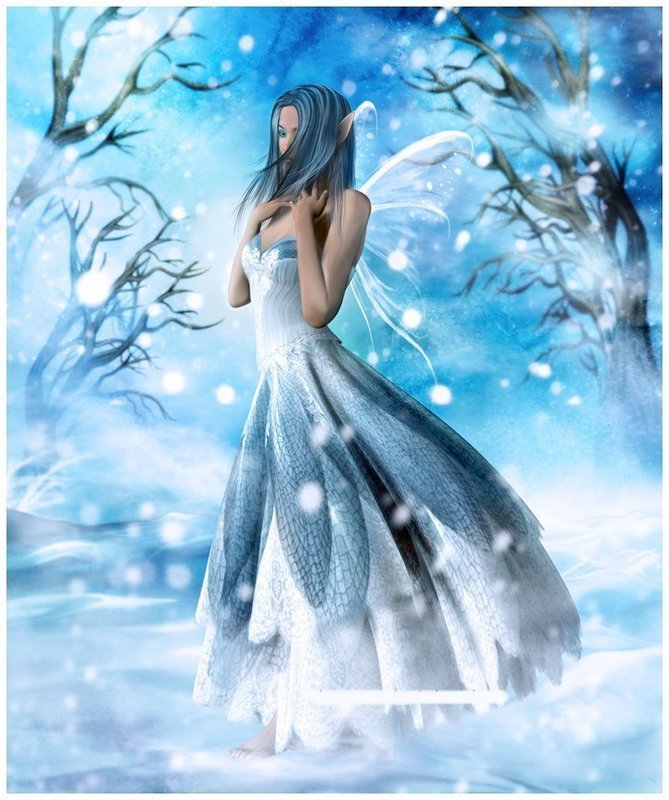
Fact 51 - The nativity story resulted in several wars: In the first few centuries of the Christian era, controversy over whether or not Jesus was divine at birth created political and social unrest that frequently burst out into full-scale warfare.
Fact 52 - Mistletoe kissing originated with fertility rites: The hanging sprig is a very ancient symbol of virility and therefore anybody standing beneath it is signalling that he or she is sexually available.
Fact 53 - Christmas is only recently a "family" holiday: Christmas was originally celebrated as an adult form of "trick or treat," but with the "treat" consisting of booze and the threatened "trick" consisting of bodily harm or destruction of property.
Fact 54 - Christmas as a "day off" is a recent innovation: As late as 1850, December 25 was not a legal holiday in New England, so stores were open, business were open, and children were expected to attend school.
One of the reasons we leave milk and cookies for Santa is because Dutch kids would leave food and drink for St. Nicholas on his feast day.

Fact 55 - The original lyrics to “Hark!: The Herald Angel Sings” were “Hark! How the Welkin rings!” Welkin is an old, English term for Heaven. A preacher later tweaked the lyric.
Fact 56: “Silent Night” was first sung as part of a church service in Austria. A guitar was used because the church organ was so badly rusted it couldn’t be played.
Fact 57: Nearly 60 million CHRISTMAS TREES are grown each year in Europe.
Fact 58: In the UK, natural Christmas trees outsell ARTIFICIAL Christmas trees by a ratio of 3:1
Fact 59: The Beatles hold the record for MOST XMAS NUMBER 1 singles, topping the charts in 1963, 64, 65 and 67.
Fact 60: 3 – The number of Christmas trees planted to replace each one harvested

Fact 61 - Most expensive Christmas tree: Think you’ve overstretched your budget this year? Well, hopefully hearing this shocking Christmas fact will help you feel a little better about your Christmas spending splurge. One man, Yves Piaget, spent a whopping £10.4 million on decorating his Christmas tree. The tree was lavishly decorated with 83 pieces of jewellery in Tokyo.
Fact 62 - Santa’s magic: Obviously we all know that Santa has magical powers, but researchers have calculated just how magical Father Christmas really is. The researchers found that in order to deliver all of his presents on Christmas Eve Santa would need to travel at 650 miles per second and visit 822 homes a second – no wonder he needs to eat so many mince pies.

Fact 63 - Christmas tree soup: Did you think that eating satsumas was the most festive way to get your hit of Vitamin C? Think again. It turns out that you can actually eat parts of your Christmas tree and that the needles from your tree are a great source of Vitamin C. If you want to tuck into your tree after Christmas then dry out the needles before grinding. You can then use the dried needles as a garnish on soups.
Fact 64 - Robin Christmas cards might annoy your postman: Robins are a Christmas card favourite and you’re likely to receive several glittery Christmas cards with a robin emblazoned cheerily on the front. Yet, robins can be seen in the UK (where the Christmas card tradition began) throughout the year. So why are they so popular at Christmas? Well, back in the nineteenth century postmen wore red tunics and were nicknamed ‘Robin Postmen’. Therefore putting a robin on a Christmas card was in fact a joke.

Fact 65 - It’s A Wonderful Life: Nearly every family cosies up and watches It’s A Wonderful Life over Christmas, but did you know that this Christmas movie favourite had an FBI file? Although ludicrous, this shocking Christmas fact is real. In 1947 some thought the movie was a communist ploy and that its purpose was to undermine bankers. Here’s another shocking It’s A Wonderful Life Christmas fact: when the bridge scene was filmed, George is rather sweaty because it was in fact 90 degrees on the day of filming.
Fact 66 - Weight gain at Christmas: Do you think you get a little heavier over the festive period? Even though most of us over-indulge and enjoy a few too many feasts studies have found that we don’t actually put on as much as we think. The US study found that participants thought they put on at least 5lbs (2.27kg), but they had actually only gained an average amount of 0.8lb (0.36kg) over the Christmas period.
Fact 67 - Christmas in space: Some people want to escape from Christmas, but this Christmas fact shows us that Christmas is almost inescapable as carols have even been sung up in space. The first song to be sung in space was Jingle Bells. Two astronauts back in 1965 reported seeing a UFO. They then claimed that the UFO had one main command module and eight smaller modules in front and that the pilot was wearing a red suit. The mischievous pair then went on to sing Jingle Bells to NASA.
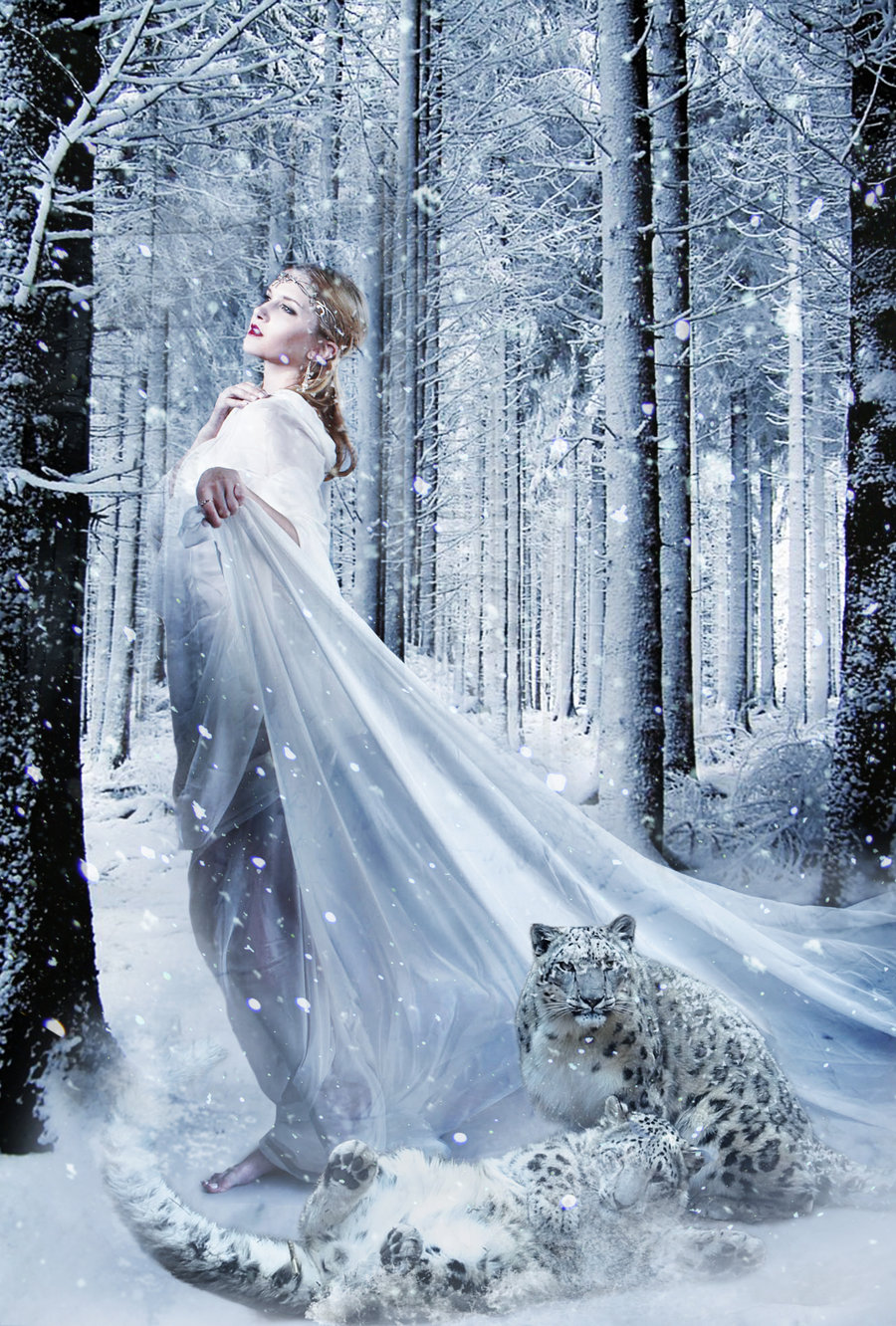
Fact 68 - Home Alone: Everyone loves Home Alone, but did you know that Daniel Stern, the actor who played the baddie Marv, didn’t like spiders? He didn’t want to do the infamous tarantula scene, but agreed to the filming as long as it was completed in just one take. The scene was shot but Daniel Stern wasn’t allowed to scream in real life because it would have spooked the tarantula, so the scream had to be added by tech whizzes at a later date.
Fact 69 - Biggest ever secret Santa: If you thought your works secret Santa was tough to organise, get this: redditgifts clinched the Guinness World Record spot for the largest ever secret Santa gift exchange. This involved 89,421 participants back in 2013, impressive right?
Fact 70 - Christmas break-ups: You would think that Christmas is one of the most romantic times of the year. Mistletoe, open fires and endless parties is the perfect mix to get close to your other half, yet by looking at Facebook posts researchers has discovered that lots of couples break up two weeks before Christmas. In fact this period is the second most common time of the year for couples to split.
Fact 71: The first printed reference to a Christmas tree was in 1531 in Germany.

Strange Christmas Customs by Country:
Fact 72 - Go Bananas With Christmas [India]:

In India, only about 2.3% of the population are Christians, but because of the large population they have, we are talking about 25 million people here! Christians here celebrate Christmas with midnight mass and gift-giving like the rest of the world, but with the absence of fir trees or pine trees to decorate, they usually made do with banana trees and mango trees instead. That means instead of Christmas pine trees lining up celebrating households, you’ll find brightly lit, well-decorated Christmas banana or mango trees on the streets. They even use the leaves of those trees to decorate their houses.
Fact 73 - Toss Your Shoes and Get Hitched [Czech Republic, Slovakia]:

If you don’t want to celebrate another Christmas single, then try this: stand with your back to the door and throw a shoe over your shoulders on Christmas day! If the shoe lands with the toe pointing to the door, congratulations, you’re going to get married soon! There’s no clue as to how long before you meet your prince charming though.
Fact 74 - Kentucky Fried Christmas [Japan]:

No kidding – just like how Christmas turkey is a must on Christmas, for the Japanese it’s the Colonel’s Chicken. Since the beginning of this marketing campaign four decades ago, KFC has been associated with Christmas in the minds of the Japanese for generations, a tradition passed on from parent to child in spite of its commercialized beginnings. More than 240,000 barrels of chicken will be sold during Christmas, five to ten times its normal monthly sales. "In Japan, Christmas equals KFC."
Fact 75 - Christmas Cakes [Japan]:

Another Christmas food associated with Japan is the Christmas cake. These sponge cakes with whipped cream, chocolate and strawberries on top are ordered months in advanced and are eaten on Christmas Eve. Any cake that is not sold after the 25th is unwanted. For the same reason, single Japanese women over the age of 25 used to be called Christmas Cakes (yikes!).
Fact 76 - A Christmas of Remembrance [Finland]:

Families in Finland usually visit the graves of their ancestors and relatives on Christmas Eve to light candles in memory of the deceased. Even those who don’t have their kin’s graves nearby visit cemeteries to place candles in honor of their family members buried elsewhere. Hence, on Christmas eve, cemeteries would be lit up with candles presenting a beautiful sight.
Fact 77 - Skating your Way to Christmas [Venezuela]:

In the capital city, Caracas, before young children go to bed on Christmas Eve, they tie one end of a string to their big toe, leaving the other end outside their bedroom window. The fun part of the Christmas celebration is on the day of the "Early Morning Mass". Streets were closed off to cars until 8 a.m. for people to roller-skate to the service, and they customarily proceed to tug on any of the strings they see hanging.
Fact 78 - Let the Goat Live Until Christmas [Sweden]:

In 1966 a 13-metre tall goat figure made of straw was erected in the town square of Gavle. At the stroke of midnight, Christmas Eve, the goat went up in flames. But the town never stopped building it year after year, and vandals never stopped trying to burn the goat down! By 2011, the goat has already been burned down 25 times. The burning of the Gavle goat happened so often that bookmakers began taking bets for the survival of the goat since 1988.
Just to be clear, the town doesn’t want the goat to be burned down; in fact, In 2001, an American tourist served time in jail and was fined for successfully doing so.
Fact 79 - A Spidey Christmas [Ukraine]:

Instead of glittering ornaments and tinsel, Ukrainian Christmas trees are covered with an artificial spiders and cobwebs. Why the eccentric taste in spiders? According to the local folklore, there was a poor woman who could not afford to decorate their Christmas tree. But the next morning, her children woke up to see the tree covered with webs and when the first light of Christmas morning touched the web threads, they turned into gold and silver and the family was never left for wanting again. Hence, it is believed that seeing a spider web on Christmas morning brings luck.
Fact 80 - The Christmas Sauna [Finland]:

Most Finnish families have their own sauna because it’s believed that a sauna ‘elf’ lives in there to protect it and to make sure people behave themselves. And every Christmas Eve, people would head to their sauna, strip to their toes, and enjoy a nice, good soak, naked. After sunset though, the place is for the spirits of dead ancestors.
Fact 81 - Don’t Stuff It in My Socks [Phillipines]:
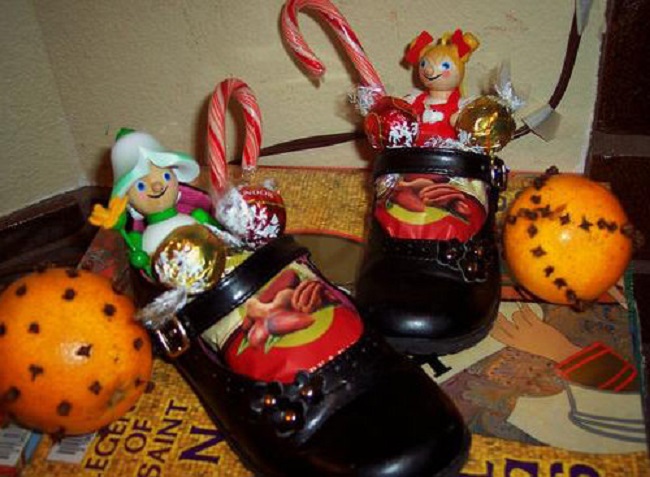
Christmas is huge in the Phillipines since 80% of the population are Christians. Celebrations last all the way to January. Children will leave their brightly polished shoes and freshly washed socks on the window sills for the Three Kings to leave gifts in when they pass through their houses at night. The "Feast of the Three Kings" marks the end of the Christmas celebrations.
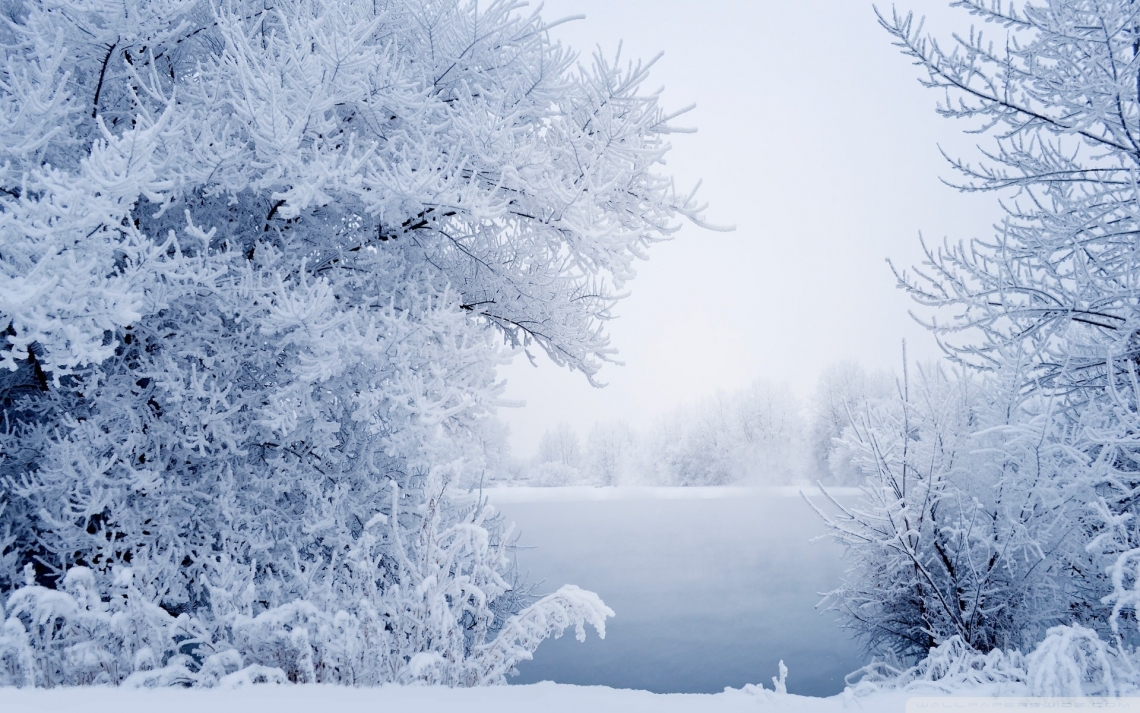
So guys,
What do you think about "81 Crazy Facts about Christmas"?
Let us know your thoughts of the article by visiting our Forum.
For more articles go to our Brainstorming Section or click here: Brainstorming
Author: nikvas
Published: December 13, 2016
Written For: Ancient Greece Reloaded
Moreover, if you wish to reproduce the article you are more than welcome to do so as long as you cite the source, which in this case is:
Site: Ancient Greece Reloaded
Link: www.ancientgreecereloaded.com
Author: nikvas and the Ancient Greece Reloaded Team
Date: (the date you guys retrieved the article)
Sources
[1] "FactRetriever"
[2] "List 25"
[3] "TheFW"
[4] "Inc"
[5] "ET"
[6] "Funology"
[7] "Hongkiat"
[8] "Real Buzz"
Our Mobile Application
Check out Our Mobile Application "Ancient Greece Reloaded"
